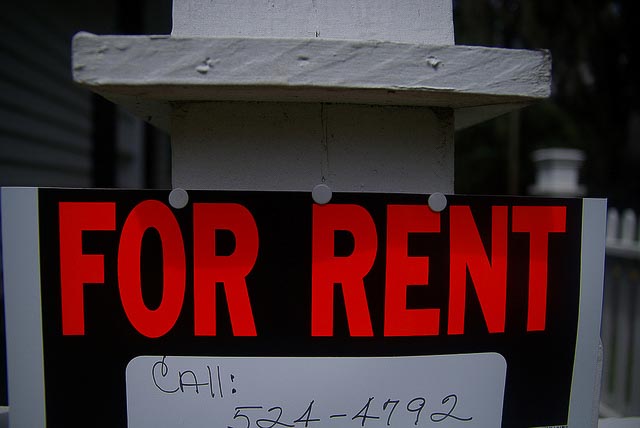The nation is struggling with inequality, and it should come as no doubt that where people live is largely determined by external factors like their income and race.
A new report from the liberal Center for American Progress outlines how, exactly, a residents’ address affects their life outcomes, and in particular, it sheds light on those conditions in Houston.
The study tries to elaborate on just how hard it is for low-income people to find housing in “high-opportunity” neighborhoods, or places with high-wage jobs, access to banks and supermarkets, and low unemployment rates.
Today, about a quarter of renters spend at least half their income on housing. For the poorest of the poor, the situation is especially trying. Housing that’s generally considered “affordable” costs 30 percent of a family’s income or less. For very-low income households — those earnings 50 percent of median income or less – there’s only 57 available units for every 100 households.
The report notes:
Due to strong demand for housing in higher-opportunity neighborhoods and limits on how much housing can be built, the private market does not routinely produce affordable housing in higher- opportunity neighborhoods without subsidy. While government programs help create and preserve some affordable housing in wealthy neighborhoods, these programs are largely unable to create sufficient housing there.”
Housing vouchers are intended to help families access affordable housing, but they come with a hitch: many landlords in high-opportunity areas won’t accept them, so by default, families are often confined to low-opportunity areas – even though, ironically, the program is supposed to help avoid that scenario.
Moreover, due to funding limitations, only one in four households that are eligible for federal rental assistance actually receives it.
Just how big has the affordability hurdle become? Huge. And it’s getting worse. CAP estimated that 13.8 million Americans are living in communities were more than 40 percent of residents are considered poor. That's twice the number who lived in those areas in 2000.
It matters because living in poor communities is associated with poor health outcomes and school performance in kids, as well as limited employment and earnings in adults.
To illustrate the challenge, researchers mapped where affordable housing is located for those earning 80 percent of the median income in three cities: Cleveland, Los Angeles in Houston.
The maps show that those affordable housing units are disproportionately located in areas that scored low on an "opportunity index." The measure is based on whether the communities have short commutes, low unemployment rates, low high school drop out rates, and access to high-paying jobs, among other factors.
Greater Houston is attracting more new residents than any other metro in the country, with a population of 6 million that’s projected to grow to 10 million by 2040. That makes the issue especially critical here.
The CAP report notes that in Houston, "while residential segregation is declining overall, segregation of Latino and white households has increased." Moreover, Latinos and Asian-Americans are increasingly isolated. Those trends, CAP surmises, are driving gaps along racial lines in areas such as income and health.
The good news for Houston is that overall, it has fewer “low opportunity” areas than other metros. That’s likely due to the success of its local economy in recent years. But the bad news is that affordable housing is nonetheless clustered in the low opportunity areas that do exist.
The result is a continuation of the cycle that concentrates low-income residents in areas that do little to help their chances of improving their circumstances.
The study offers a slew of policy proposals intended to address the situation. Among its suggestions is a plan to expand the low income housing tax credit, which reduces developers’ tax burden in exchange for keeping units affordable for a period of time.
CAP also calls for the creation of a federal tax credit for renters; modifications to zoning rules that limit density and lots sizes; and expansion of federal housing vouchers.

